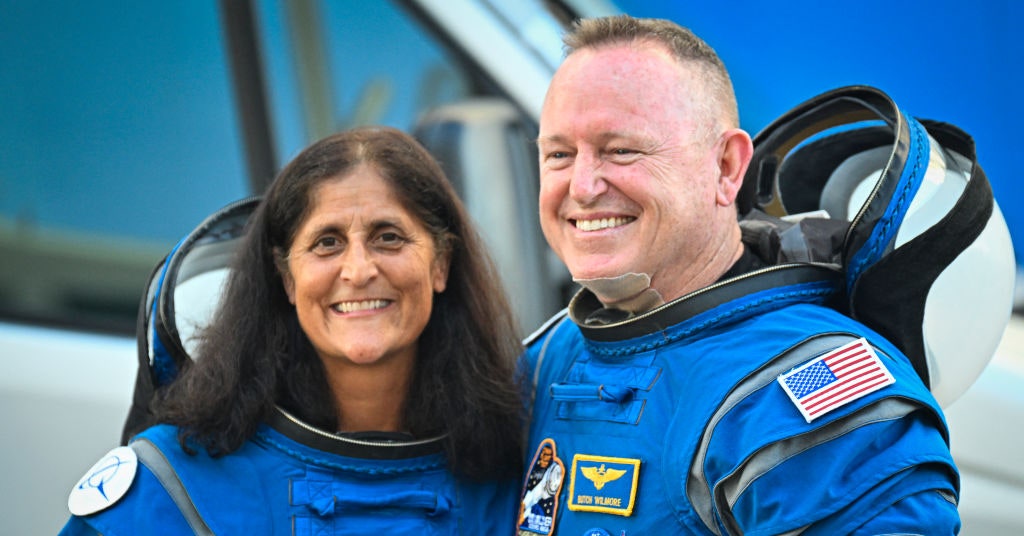NASA has again delayed Barry Wilmore and Sunita Williams’ return to Earth, stranded the astronauts on the International Space Station after Boeing’s Starliner capsule malfunctioned in the middle of this year.
The crew of the spacecraft arrived at the ISS in June. The goal was to test the Starliner’s extensive capabilities, including launch, docking and return systems. The mission was planned to last one week. Five of the capsule’s 28 thrusters malfunctioned before docking with the ISS. Boeing claimed that its technology could guarantee the safe return of astronauts. However, NASA expressed doubts and concluded that the risk was too high. The agency entrusted the task to SpaceX.
Elon Musk’s company launched the Crew-9 mission in September to return Williams and Wilmore, among other things. Until now, the grounded astronauts were scheduled to return in February aboard the Crew Dragon rocket. However, NASA has announced that it expects the expedition to return to the Earth’s surface after the arrival of Crew-10, which will be sent in late March 2025 at the earliest.
The adjustment will allow SpaceX and NASA engineers to complete development of a new Dragon spacecraft, which will be sent to the company’s Florida facility early next month.
“The fabrication, assembly, testing and final integration of a new spacecraft is a painstaking endeavor that requires great attention to detail,” Steve Stich, head of NASA’s Commercial Crew Program, said in a statement. “We appreciate the hard work of the SpaceX team to expand the Dragon fleet in support of our missions and the flexibility of the station program and expedition crews as we work together to finalize the new capsules’ readiness for flight.”
NASA said the Crew-9 and Crew-10 crews will complete a “handover period” in which the ISS residents share experience and knowledge with the new arrivals. This process ensures the proper conduct of on-board scientific experiments and maintenance of the orbital complex.
NASA and SpaceX specialists evaluated several options to coordinate the next manned delivery. They determined that the March launch for Crew-10 was the “best opportunity to meet NASA’s requirements and achieve space station goals for 2025,” according to an agency news release.
A long haul
The ISS received two resupply flights in November, ensuring that crew members have sufficient food, water, clothing and oxygen. However, some experts have warned of potential health risks for Wilmore and Williams after spending more than nine months in space.
The scientific community has been studying the effects of spaceflight on the human body since the 1970s. In the years since the first moon landing, it has identified conditions such as bone loss, impaired heart function, vision problems and the development of kidney stones.
A recent study from University College London reveals that the structure and function of the kidneys can also suffer permanent damage, although this is particularly aggressive in the case of astronauts who get too far away from Earth, which is not the case on the ISS.
NASA points out that the crews on expeditions to the ISS usually make longer stays, with an average duration of six months. It adds that some astronauts have completed missions of up to a year to contribute to research into human adaptation to spaceflight for future lunar and Martian exploration.
This story originally appeared on WIRED en Español and has been translated from Spanish.
